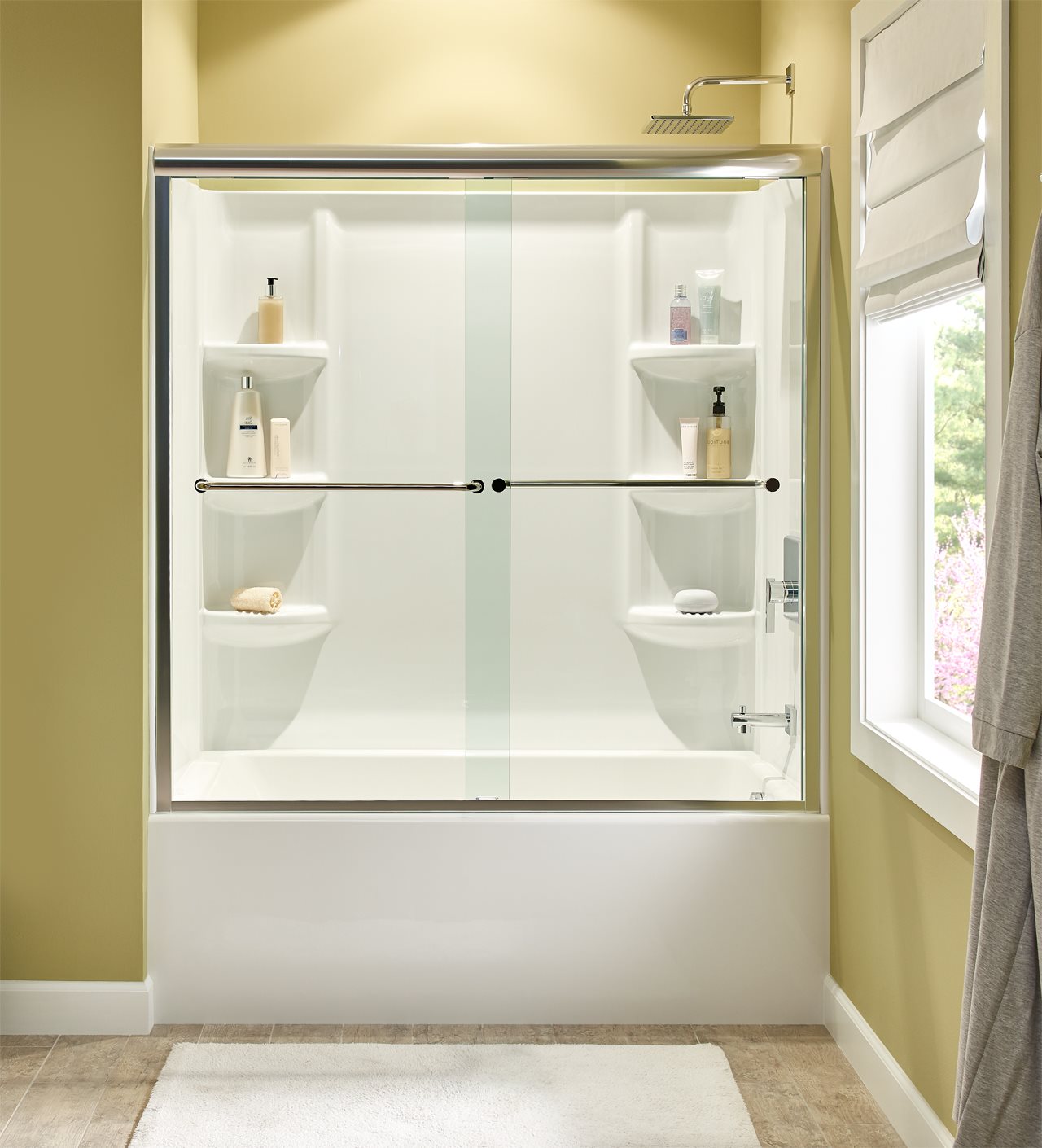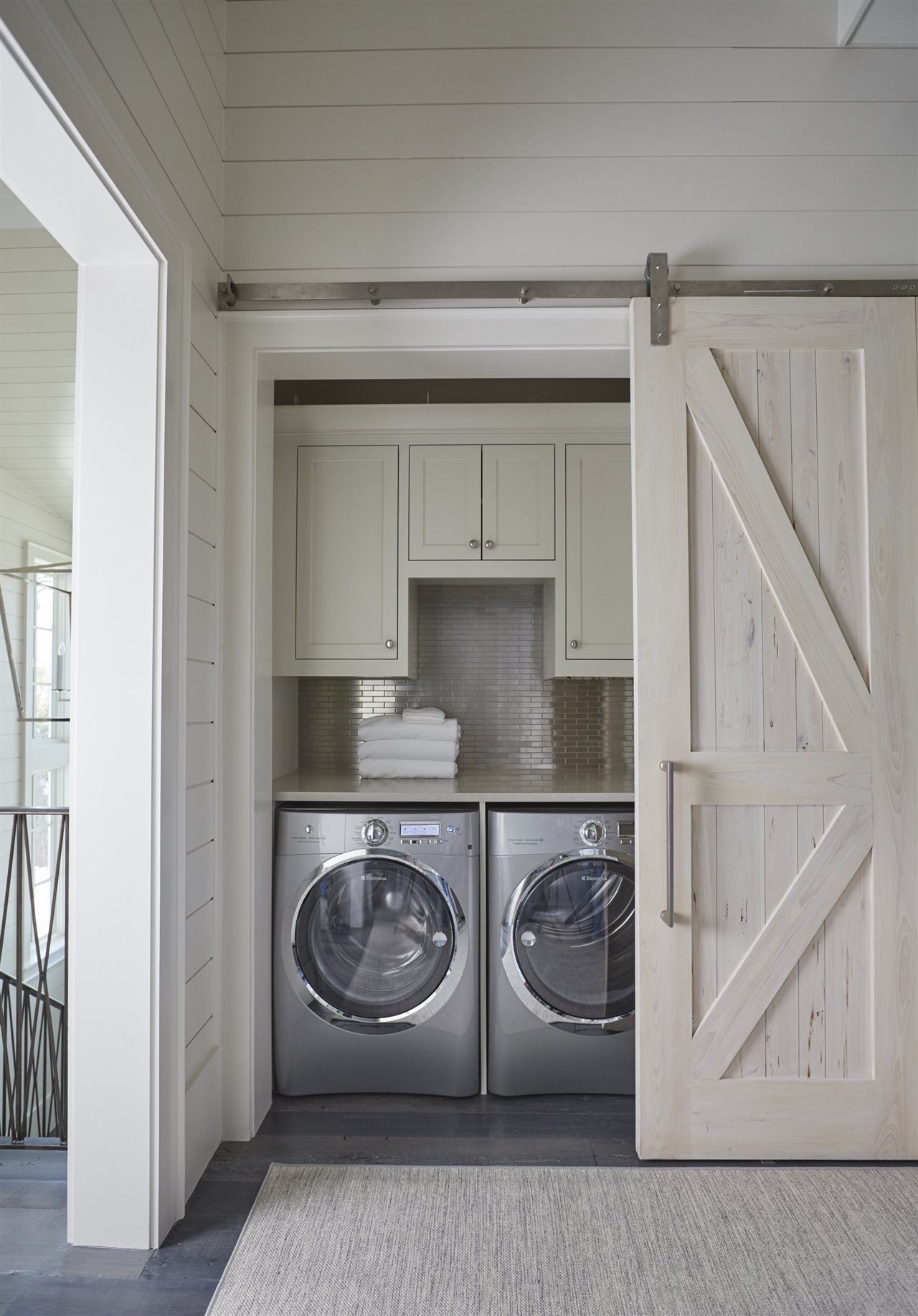2019-02-08T08:11:00
(BPT) – This article is sponsored advertising content from Amgen, Inc.
Several years ago, Lib discovered a large bruise on her leg that seemingly appeared out of nowhere. Following a visit to her doctor, Lib learned the bruise was a sign of a rare disease called immune thrombocytopenia, or ITP.1 People with ITP don’t have enough platelets — small cells in the blood that help stop bleeding by forming clots when blood vessels are damaged.2 After trying an initial therapy and undergoing surgery, Lib’s platelets were still too low. She thought she was out of options until she learned about an innovative medicine for certain adults with chronic ITP.
ITP is rare but can be serious. Each year, about three in 100,000 adults worldwide are diagnosed with ITP.3 People living with the disease can experience a range of symptoms such as spontaneous bruising, frequent or heavy nosebleeds, or in rare cases, severe internal bleeding.2 Initial therapies for ITP include corticosteroids and surgery to remove the spleen.2 In the past, patients who did not respond to these therapies had no other treatment options.
Dr. Michael Tarantino, medical director of the Bleeding and Clotting Disorders Institute and professor of Pediatrics and Medicine at the University of Illinois College of Medicine, has been working with ITP patients for over 30 years and understands what they go through.
“I don’t know that I could even properly express the challenge or frustration some patients have with chronic ITP. It’s just perplexing and devastating when they have to live with very low platelet counts and fear that something bad could happen,” Dr. Tarantino said.
Lib experienced this firsthand. She tried corticosteroids. When they didn’t work, she had surgery to have her spleen removed. Unfortunately, soon after, her platelet count dropped again. Lib felt the only thing she could do was try to manage her bruising and other symptoms as best she could. But one day, she experienced a subdural hematoma or bleeding in the brain, which felt like a wake-up call.
It was after this that Lib heard about Nplate® (romiplostim) — an innovative prescription medicine developed by Amgen to treat low blood platelet count in adults with chronic ITP and children 1 year of age and older with ITP for at least 6 months, when certain medicines or surgery to remove the spleen have not worked well enough.4,5
Nplate® is not for use in people with a precancerous condition called myelodysplastic syndrome (MDS) or low platelet count caused by any condition other than chronic (lasting a long time) ITP. Nplate® is only used if your low platelet count and medical condition increase your risk of bleeding. Nplate® is used to try to keep your platelet count about 50,000 per microliter in order to lower the risk for bleeding. Nplate® is not used to make your platelet count normal.5 It is not known if Nplate® works or if it is safe in people under the age of 1.
Nplate® is the result of many years of dedicated research that began with the discovery of a protein called thrombopoietin (TPO) by Amgen scientists. After this discovery, researchers at Amgen worked to develop a new type of treatment called a peptibody. Nplate®, which helps increase the number of platelets in the bloodstream, was the first peptibody to be approved by the U.S. Food and Drug Administration (FDA).6
When Lib heard about Nplate®, she decided to ask her doctor if it would be appropriate for her. After just a few weeks on Nplate®, her platelet count started increasing.† She now encourages other people living with ITP to take a proactive role in their treatment.
“My best advice is to arm yourself with knowledge, stay current on what’s going on with treatment options, pay attention to your body, and communicate well with your doctor,” Lib said.
Last year marked the 10-year anniversary of the approval of Nplate® for adults with chronic ITP.7 Lib is grateful to have had Nplate® as a treatment option.
“I live in the moment. I’ve always been somebody that just enjoys the day to day, and I like seeing where the journey’s going to take me,” says Lib. “I recognize that I have ITP, and I have to be respectful and mindful of that; but I have ITP, it doesn’t have me.”
Nplate® was also recently approved in the U.S. for certain children with chronic ITP, signifying another important development in the treatment of this rare disease.4
To learn more, visit www.Nplate.com. Tools for people living with ITP to discuss treatment options with their doctor are also available on the website.
Important Safety Information
What is the most important information I should know about Nplate®?
Nplate® can cause serious side effects, including:
- Worsening of a precancerous blood condition to a blood cancer (leukemia):
Nplate® is not for use in people with a precancerous condition called myelodysplastic syndromes (MDS) or for any condition other than chronic (lasting a long time) immune thrombocytopenia (ITP). If you have MDS and receive Nplate®, your MDS condition may worsen and become an acute leukemia. If MDS worsens to become acute leukemia you may die sooner from the acute leukemia.
- Higher risk for blood clots:
- You may have a higher risk of getting a blood clot if your platelet count becomes high during treatment with Nplate®. You may have severe complications or die from some forms of blood clots, such as clots that spread to the lungs or that cause heart attacks or strokes.
- If you have a chronic liver disease, you may get blood clots in the veins of your liver. This may affect your liver function.
- What are the possible side effects of Nplate®?
- Nplate® may cause serious side effects. See “What is the most important information I should know about Nplate®?”
- The most common side effects of Nplate® in adults are:
- headache
- joint pain
- dizziness
- trouble sleeping
- muscle tenderness or weakness
- pain in arms and legs
- stomach (abdomen) pain
- shoulder pain
- indigestion
- tingling or numbness in hands and feet
- The most common side effects of Nplate® in children 1 year of age and older include:
- inflammation of the passages in the nose and throat
- upper respiratory tract infection
- itchy, runny, or blocked nose
- sore throat and discomfort with swallowing
- inflammation of the eye
- ear infection
- inflammation in the lining of the intestines
- inflammation of the sinuses
- cough
- pain in mouth and throat
- upper stomach (abdomen) pain
- diarrhea
- rash
- bleeding beneath the surface of the skin or bruising under the skin
- itchy rash
- fever
- swelling in the limbs/hands/feet
- bruising
- People who take Nplate may have an increased risk of developing new or worsening changes in the bone marrow called “increased reticulin.” These changes may improve if you stop taking Nplate®. Your healthcare provider may need to check your bone marrow for this problem during treatment with Nplate®.
- These are not all the possible side effects of Nplate®. Tell your healthcare provider if you have any side effect that bothers you or that does not go away. For more information, ask your healthcare provider or pharmacist.
- If you have any questions about this information, be sure to discuss with your doctor. You are encouraged to report negative side effects of prescription drugs to the FDA. Visit www.fda.gov/medwatch or call 1-800-FDA-1088.
How will I receive Nplate®?
Nplate® is given under the skin (subcutaneous injection) one time each week by your healthcare provider. Your healthcare provider will check your platelet count every week and change your dose of Nplate® as needed. This will continue until your healthcare provider decides that your dose of Nplate® can stay the same. After that, you will need to get blood tests every month. When you stop receiving Nplate®, you will need blood tests for at least 2 weeks to check if your platelet count drops too low.
Pregnancy Surveillance Program: Women who become pregnant during Nplate® treatment are encouraged to enroll in Amgen’s Pregnancy Surveillance Program. The purpose of this program is to collect safety information about the health of you and your baby. Contact the program as soon as you become aware of the pregnancy, or ask your healthcare provider to contact the program for you. You or your healthcare provider can get information and enroll in the program by calling 1-800-77-AMGEN (1-800-772-6436).
Please see Prescribing Information and Medication Guide for more information about Nplate on Nplate.com.
*BPT: Brandpoint
†One patient’s experience. Individual results may vary.
USA-531-80073
References
- Platelet Disorder Support Association. What is ITP? https://www.pdsa.org/what-is-itp.html. Accessed November 6, 2018.
- NORD. Immune Thrombocytopenia. https://rarediseases.org/rare-diseases/immune-thrombocytopenia/. Accessed November 6, 2018.
- Terrell DR, et al. The incidence of immune thrombocytopenic purpura in children and adults: A critical review of published reports. Am J Hematol. 2010;85(3):174-80.
- Nplate® (romiplostim) prescribing information, Amgen.
- Nplate® (romiplostim) medication guide, Amgen.
- Shimamoto G, et al. Peptibodies. A flexible alternative format to antibodies. mAbs. 2012;4:586-591.
- US Food and Drug Administration. CDER Drug and Biologic Approvals For Calendar Year 2008. https://wayback.archive-it.org/7993/20170406061403/https://www.fda.gov/downloads/Drugs/DevelopmentApprovalProcess/HowDrugsareDevelopedandApproved/DrugandBiologicApprovalReports/UCM200924.pdf. Accessed November 6, 2018.



















